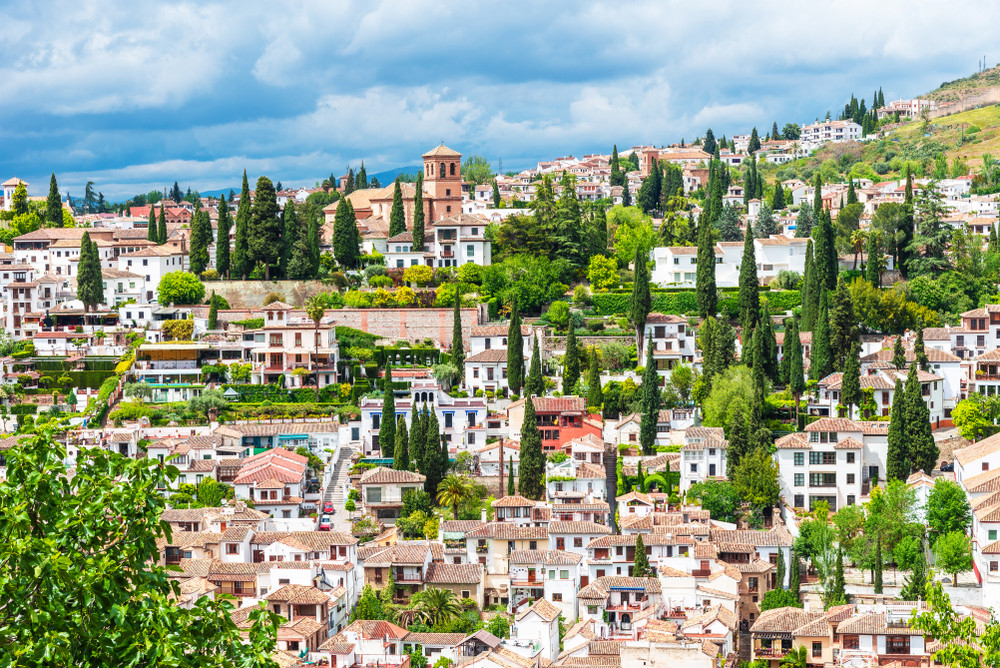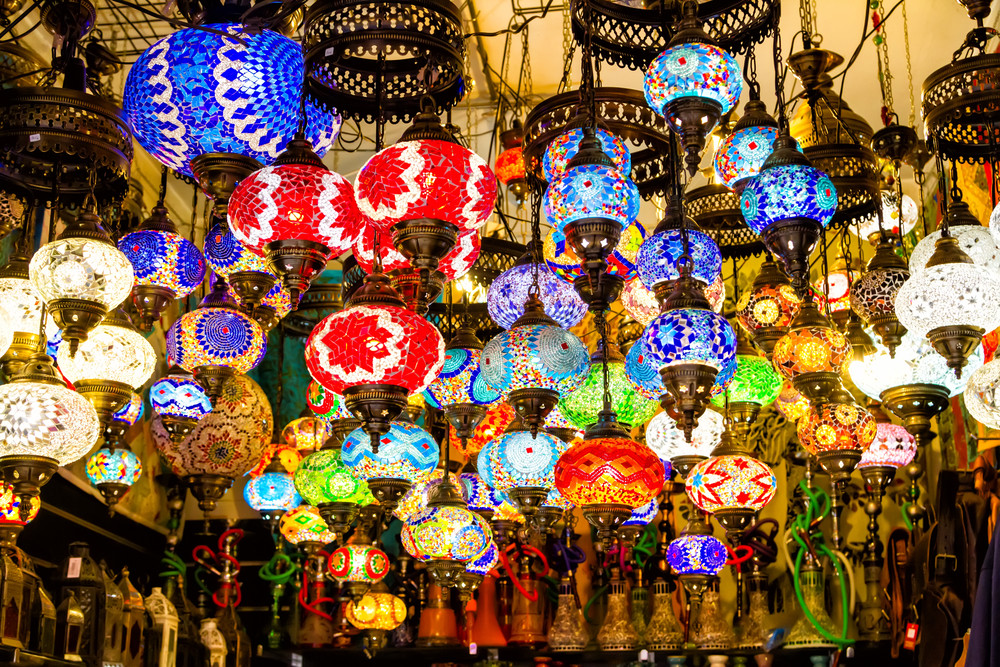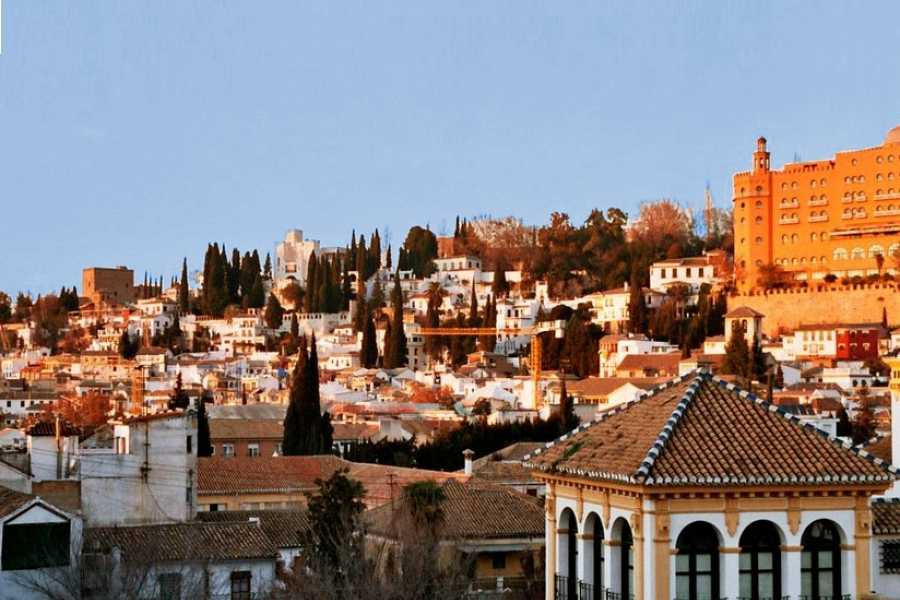The Alhambra is one of the best cities in Spain, and it remains a powerful symbol of the country’s multicultural past. Set against the backdrop of the Sierra Nevada peaks, the ancient palace and fortress complex was constructed by the Moors who invaded the Iberian Peninsula from the 8th century onwards. Between the opulent palaces and the manicured gardens of the Generalife, the Alhambra was certainly worthy of housing the emirs of the once powerful Nasrid Dynasty.
Today the 1,000-year old Alhambra is one of Spain’s most high-profile tourist attractions, drawing over 6,000 visitors each day. The presence of this UNESCO World Heritage Site has made Granada a popular day trip from nearby Andalusian cities like Málaga, Seville, or Córdoba. However, many dismiss Granada as the city that’s simply attached to the Alhambra without fully diving into what makes the town special.
The Alhambra is undoubtedly the worthy headline act of Granada, but here are a few other highlights that definitely shouldn’t be skipped over.
Albayzín

Situated on the opposite hill of the Alhambra is the district of Albayzín, the two of which make up the medieval part of Granada. The serene Islamic architecture of this residential neighborhood harmoniously blends with the traditional Andalusian architecture, while the religious, political, and poetic style of the Nasrid Dynasty has been injected with healthy doses of Spanish Renaissance and Baroque culture over the centuries. The medieval town planning and uneven landscape make for spontaneous viewpoints of Granada, making its cobblestone streets the perfect place to simply wander and get lost.
Albayzín is the origin of the city of Granada, and its original spirit can be felt throughout. The timeworn buildings and Arab-flavored street life makes for a gritty and scruffy ambiance that’s rougher around the edges, but it’s part of what makes Granada such a fascinating place where cultures once collided. The bohemian shops selling incense, leather bags, and multicolored lamps are more reminiscent of the streets of Morocco than the traditional image of Spain.
Tapas Scene
Who says there’s no such thing as a free lunch? Granada is one of the last towns to offer a free tapas plate with every round of drinks, a once widespread practice throughout Spain. After ordering your alcoholic beverage of choice, the waiter typically chooses a portioned local dish, although in some bars you can select from a list.
Tapas crawls with friends is one of the most ingrained local traditions in Granada. Go for a stroll through the city, soak up its history, and indulge in the endless old-school tapas restaurants and bars. Plaza Nueva and the surrounding streets such as Calle Elvira and Calle Colcha are a great starting point that houses the town’s most popular spots. Slowly make your way to the area around the cathedral to Plaza de la Romanilla and Plaza de la Pescadería as the night goes on. If you’re a sucker for good food and drink, Granada’s tapas scene is one of the very best things to do in Spain.
Teterías

While five centuries have passed since the surrender of Boabdil the Moor, the last Nasrid ruler of the Emirate of Granada, the refined local customs continue to live on in its famous teterías that fill the city. These teahouses are dark, intimate and atmospheric, embellished with puffy cushions, shadowy lanterns, and opulent decor. During the day, you can find aromatic beverages, Moorish pastries, pancakes and other light refreshments, whereas when the sun goes down, the clientele will be puffing shisha until the early hours of the morning.
Realejo Quarter

The Realejo Quarter was the former Jewish neighborhood of Muslim Granada. Today, it’s a highly-populated residential area that is defined by its whitewashed Andalusian architecture and cármenes, large mansions with walled gardens. It’s a pleasant place to stroll and admire as you walk through a thousand years of complex history and cultural fusion, and today it is home to some of the best old-school bars and restaurants in Granada. The thriving street art scene of Granada is best felt in this district, lending Realjo a creative and edgy ambiance.
Moorish Baths

Granada preserves some of the oldest bathhouses in all of the Iberian Peninsula, including the Turkish hammams, or steam baths made up of different rooms at varying temperatures. While personal hygiene and cleanliness have always been an important aspect of local society, these structures have also played a vital social role since the Roman times, as people would often meet at bathhouses to socialize. The structures themselves have Alhambra-like opulence with their intricately pillared underground pools. Most bathhouses offer massages to complete an authentic experience of deep relaxation, cleansing, and serenity.